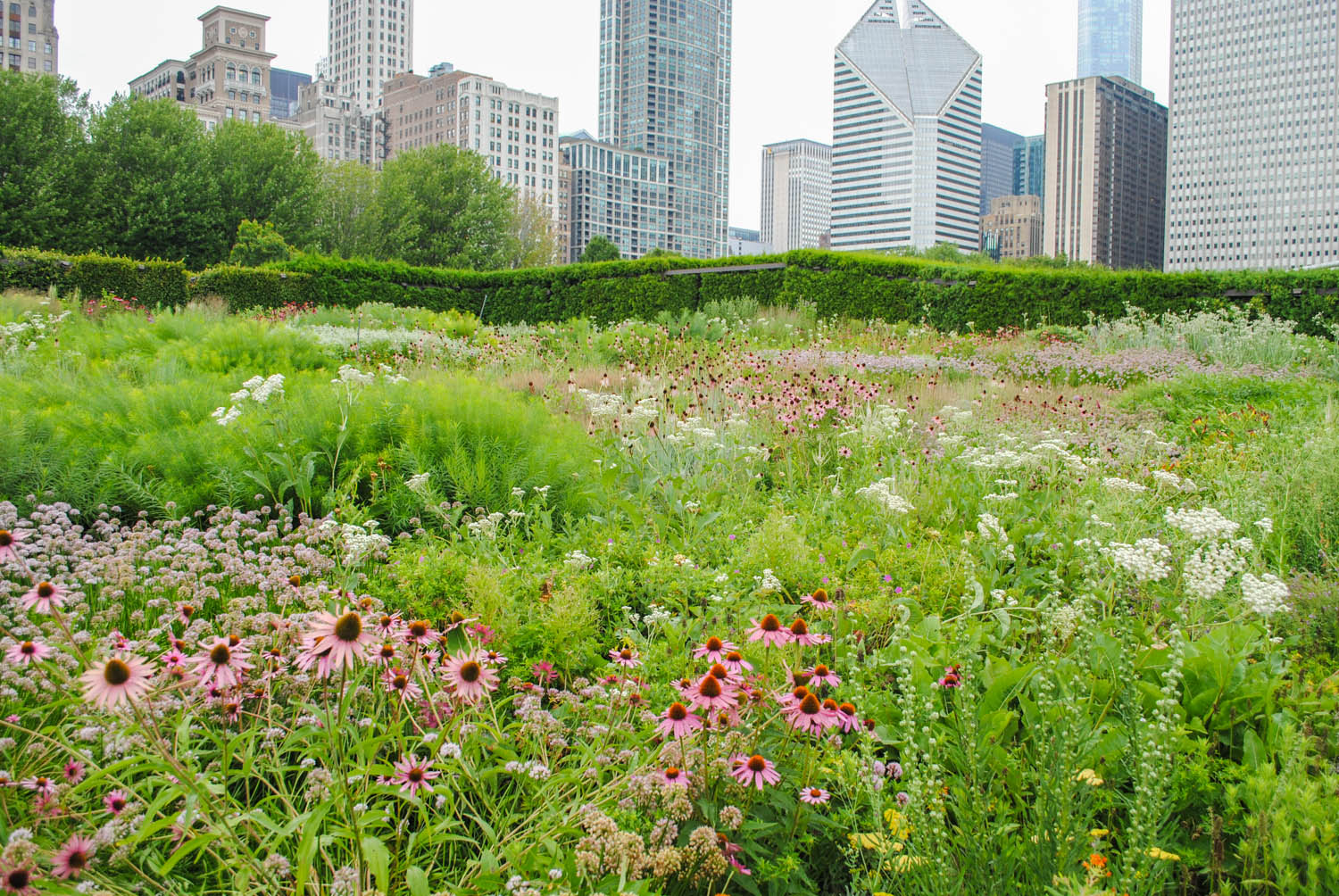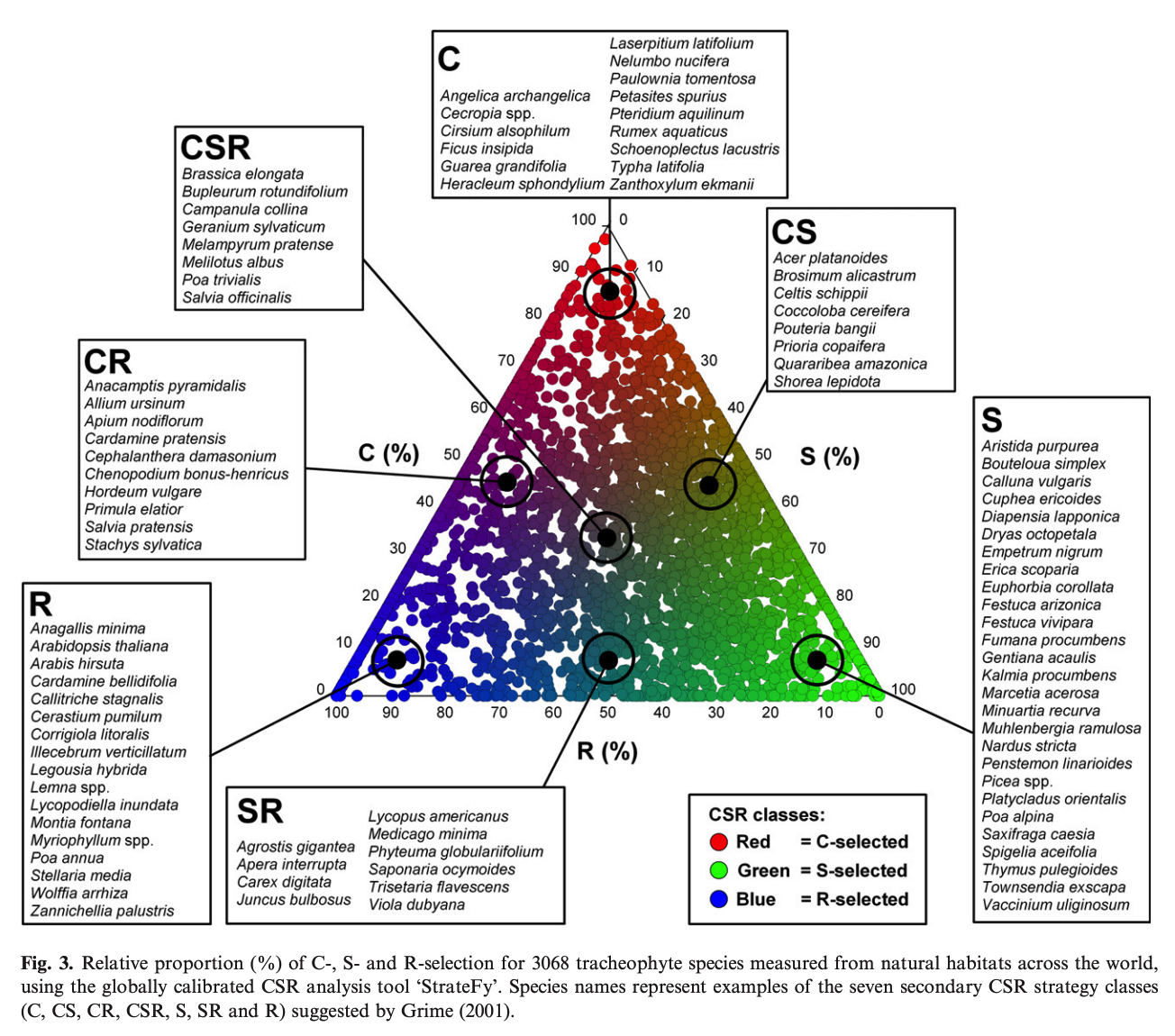Spring is a ripe time to enjoy self sowers and volunteers like Papaver, Nigella, Centaurea, Consolida, and more. I believe Hymenopappus artimissifolius belongs in with that bunch. It’s a mouthful to say for such a lovely ruderal. Old plainsman is the common name—so wise sounding for such a short lived plant.
After we bought our house, I noticed this tall white flower on the roadsides near our house and wondered what delightful plant it was. From a distance in bud it looks a bit like ping pong balls on a gray-green stick. But, upon closer inspection you find a flower that resembles Astrantia. There’s even hints of pink in it. They are from two different families as Astrantia is Apiaceae, and Hymenopappus is Asteraceae.
I’m happy I live an an area where it occurs. This native’s range is limited to three states—Texas, Louisiana, and the southwest corner of Arksansas. But, it deserves wider use. Since it’s a biennial, my only concern is the hardiness of the basal rosettes. I have seen some germinate in late winter. Perhaps this late planting is an option for those who wish to try it further north.
Such lovely Astrantia like flowers. Note the white phyllaries, or modified showy bracts.
Unlike most of the self sowers, the color on old plainsman comes from modified bracts (also called phyllaries) instead of petals or ray florets. Therefore, the essence of the plant appearing in flower lasts for much longer. And, its height is much desired early in the season. I believe that both these contenders make the case that it is a great candidate for being a scatter plant in a naturalistic planting.
I haven’t quite figured out the germination requirements for this plant yet. I scattered what little seed I had last year, and it seems I’ve had better success getting it to grow in our turf than the beds where I want it to reside. But, once I do, you can be sure that I’ll have tons of it growing in my garden.
Here’s a photo of the basal rosette of Hymenopappus artemisiifolius. One can barely see the discolor between the green tops and the silvery leaf bottoms.
























